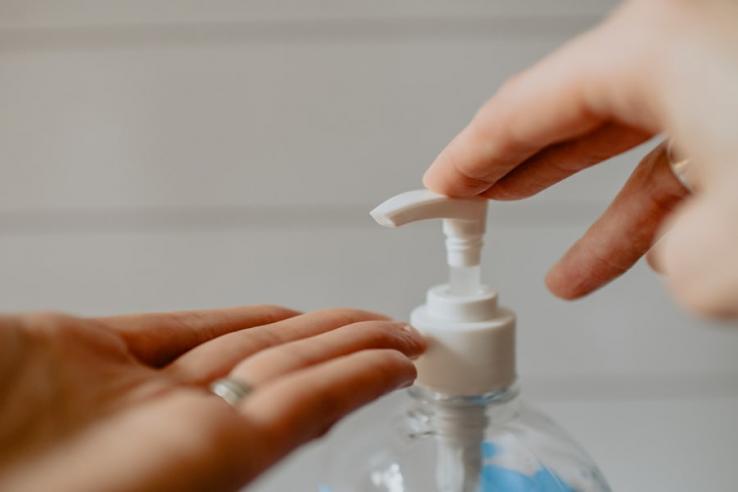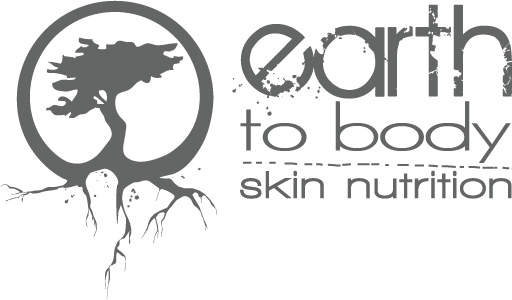
Triclosan. Maybe you squirt it on daily and don’t even know it.
I do not read the labels on the hand sanitizers I use to enter a store. I pump or squirt or pull and tear, rub on palms and proceed about business. Like everyone. I have yet to see anyone pick up a container and search for the label ingredients. Most containers are big plastic jugs and are labeless anyway. And who wants to pretentiously hold up a line to read a label?
But we should be wondering what we are squirting onto our skin. Masks are no longer mandated but most places still offer the squirt. Maybe we are more relaxed now and can consider what, exactly, we have been absorbing?
Perhaps sometime in the future:
You enter the grocery store and approach the sanitizing station. An automatic touchless dispenser awaits your hand detection. A deep voice croons over a small speaker.
‘Remember to Sanitize. Prevent the spread of contagious viruses and variants. Apply 1-2 squirts on hands only. Rub in well. Contains antibacterial and antimicrobial alcohol and triclosan. Caution with children.
The voice continues, same tempo.
‘Sanitize at your own risk. Side effects may include drying, cracking, bleeding of the skin, eczema breakout, increased susceptibility to germs and bacterial infection. Avoid eye contact. Chemical burns on the outer layer of the eyeball can cause pain, redness, temporary blurry vision. Consult your doctor. Exposure to triclosan can disrupt natural hormone cycles and or fertility. If ingested call Poison Control at 800-XXX-XXXX’
Drug ads are required to give side effects. Perhaps the public sanitizers should too. Triclosan is used as an antiseptic, preservative and disinfectant. For years we brushed our teeth with it, rinsed our mouths with it, sanitized our hands with it, absorbing this chemical into our bodies and also sending it down the drain to pollute our rivers and lakes. It is toxic to us, to our fish, to the environment.
The antibacterial compound triclosan has been linked to numerous human health problems. Exposures come mainly by absorption through the skin or through the lining of the mouth. These exposures have resulted in contact dermatitis, or skin irritation, and an increase in allergic reactions, especially in children.
At the dentist, eye doctor, clinics, hospitals, spas, gym, we see surfaces being sanitized. Often with triclosan because it does stop the growth of bacteria, fungus, mildew. It deodorizes.
In 2017, the USA banned the incorporation of triclosan from household soaps. Surpluses were shipped to Canada to be sold to us. Today Canada still allows triclosan.
We do need to sanitize. But we do not want to be using a product with triclosan if it can be avoided. Good old soap and water is still the recommended best choice. Not always available in all settings, but it is most certainly at home. The best choices are still the homemade real soaps. Your hands will love you. We also have a wonderful alcohol free All Purpose Sanitizer
- Connectez-vous ou inscrivez-vous pour publier un commentaire


Commentaires